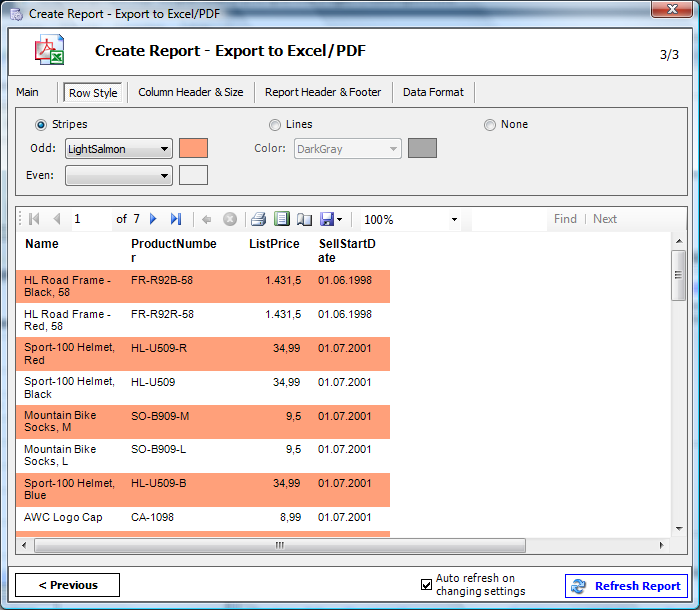

But the user has control over this locally and does not solve my problem.ģ) DENY EXEC sp_executesql to USER did not help as the statement was being generated by management studio even though it was logged in as the USER. Open Microsoft SQL Management Studio Connect to your database of choice Right click on a table and select Edit Top 200 Rows In the toolbar there is an icon that says the word SQL on it that if you hover over it displays the word Show SQL Pane. I read i could change the number of edit top to ‘n’ number of rows. Note: Not all database systems support the SELECT TOP clause. Returning a large number of records can impact performance.


The SELECT TOP clause is useful on large tables with thousands of records. Option 2-changing the setting of 200 rows temporarily: Right-click Table>click on Edit Top 200 Rows >New Query window will be opened. So this method would not work.Ģ) Is it possible to disable the option "edit top 200 rows". The SQL SELECT TOP Clause The SELECT TOP clause is used to specify the number of records to return. How would I go about solving this problem?ġ) I could include Eventclass 10 in my trace but the log files were blowing up since a lot of Eventclass 10's were being generated. My trace files shows : (exec sp_executesql N'UPDATE TOP (200)…….) This is because changes made using the management studio's GUI was under trace i was hoping i could edit top rows, and click on the column i want to sort by and it would auto sort but that doesn't appear to be the case. Today I noticed, when a user right clicks the table name in management studio and selects "edit top 200 rows" these DML changes were not being captured by the trace. in SQL 2008 R2 im trying to clean up a database and was hoping to edit the top rows (i changed it to top 10,000 rows) but i would like to sort it by a column. I have a job setup to scan this data and shoots an email with the DML change made by The trace only captures EventClass 40 (SQL:StmtStarting) along with database names and logins of course. Manual: You open a table in SQL Server Studio with the right mouse button -> Edit Top 200 Rows. I have a trace that captures all DML changes made to my database. Recently I encountered a problem with my SQL Server audit job. SQL Server 2008 R2 64bit SP2 Standard edition.


 0 kommentar(er)
0 kommentar(er)
